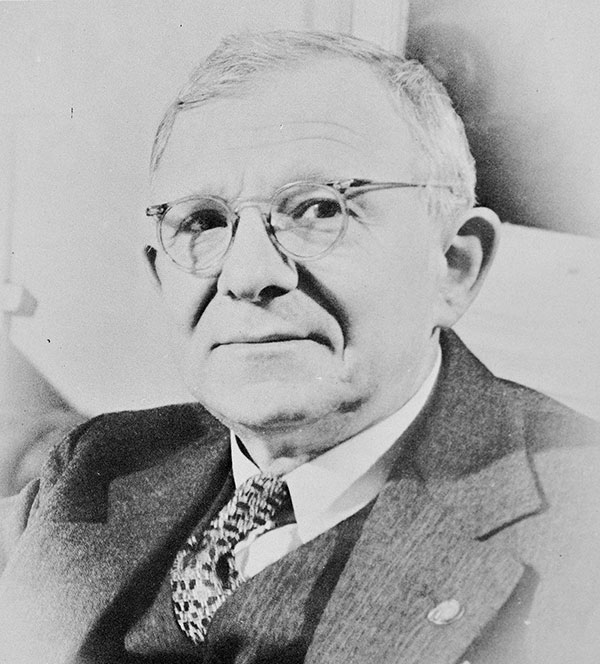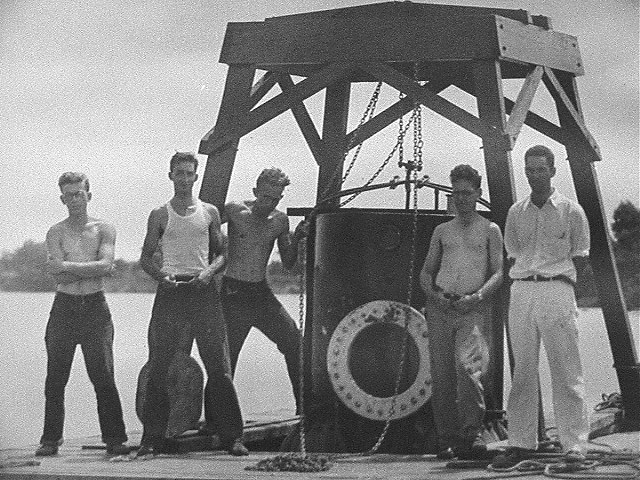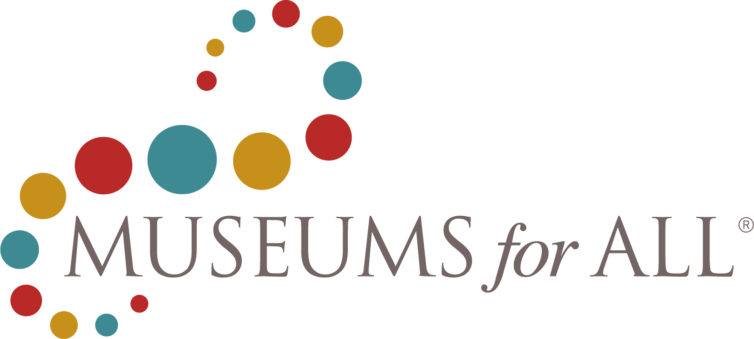The Natural History Society of Maryland is a private nonprofit dedicated to conserving Maryland’s natural heritage and educating its citizens on the natural sciences since 1929. We are a volunteer-run organization with a few part-time staff. We manage a small museum in Baltimore County where we offer programs, lectures, workshops, and courses on a wide variety of natural science subjects. The lower level of our building is a collections facility that houses over 200,000 natural history specimens and artifacts.
Our natural history collections date from the 1800s to the present and include minerals, fossils, flora, fauna, and artifacts from Maryland and the mid-Atlantic region. These collections are both historically and scientifically significant to the state. An important part of our mission is to provide a place for unwanted private and public collections. Some of these new specimens go into our scientific collections, others go on display, and some become educational resources.
We’re working to build a community where everyone feels welcome; where everyone has the same opportunity to learn about the natural world; where everyone can grow to their full potential as naturalists and stewards of our fragile planet. Please join us in our adventure!
Our Mission
To foster stewardship of Maryland’s natural heritage by conserving its natural history collections, educating its citizenry, and inspiring its youth to pursue careers in the natural sciences.
Our History
The Natural History Society of Maryland (NHSM) was established in 1929 as a spin-off group from the Maryland Academy of Sciences (MAS) (present overseers of the Maryland Science Center in Baltimore). On Maryland Day, March 25, 1929, a group of men interested in the natural sciences broke away from the Maryland Academy of Sciences and formed the Natural History Society of Maryland. The Society’s Charter was officially signed on April 14th of that year.

Founding member Edmund ‘Doc’ Fladung was President of the Society from 1929 until his death in 1956. In the Society’s 1946 Annual Report, he stated that “this Society is an important cultural adjunct to the life of our City and State, and I feel it is a patriotic duty to keep it functioning and preserve it for future generations.”

Gilbert Klingel, one of the founders of the NHSM, was one of the first to explore beneath the waters of the Chesapeake Bay. He built a ‘bentharium,’ a thick metal cylinder with a glass cover on one end, to observe inhabitants of the bay in their own environment. You can read about his adventures in his book, The Bay.
In 1936, the Society established a ‘Maryland Natural History Museum’ at Druid Hill Park in Baltimore City. This was a display museum open to the public. In 1949, there were over 60,000 visitors a year. Scientific research collections were housed at the Society’s Bolton Street office. Programs offered by the Society then included a Junior Naturalist’s program, specimen loans to schools, organized public and private natural history outings, and nature education publications.
In the 1940s, the Society was divided into Departments, with each responsible for their respective inventories of collections. For much of the current collection, our understanding of their size and origin is based on the earlier records of these Departments. Shortly after WW II, the Society suffered a decline in many of its programs and membership. This resulted from general societal changes, but the death of the founding President, Edmund Fladung, a dynamic person with a strong personality, also contributed. The museum at Druid Hill Park continued until the early 1970s. From the late 1970s to the present, the chief activities of the Society have been sponsoring public lectures, publishing “The Maryland Naturalist,” and “Bulletin of the Maryland Herpetological Society,” and organizing public natural history education activities, such as Nature Study Day held at Oregon Ridge Park in 1999.
Since its incorporation in 1929, the NHSM has had three headquarters located throughout Baltimore City: 605 St. Paul Street, 2101 – 2103 Bolton Street, and 2643 North Charles Street. We started a new chapter in our history in 2006 with the purchase of a 9,000-square-foot building at 6908 Belair Road in Overlea, Baltimore County. The rest of this website will give you a glimpse into what we are doing now.
Our Present
Since the purchase of our property in Overlea in 2006, volunteers at the NHSM have created an exciting, welcoming place to learn about our natural world. We have two main rooms that can be used for programs, workshops, lectures, and meetings. Both rooms are filled with natural history collections from Maryland and around the world; some from our collections date back to the 1800s and many more are recently donated specimens. These displays represent a tiny fraction of our collections housed on the lower level.
In 2015 we worked with Blue Water Baltimore to redesign our property to capture rainwater runoff from our roof and parking lot. In addition to capturing rainwater, native wildflowers and trees were planted. It not only made our property more environmentally sustainable but got us a new parking lot and some beautiful landscaping.
In 2018 the Maryland State Legislature passed two bond bills totaling $390,000 for the NHSM. Added to the $110,000 we received from the Mid-Atlantic Reptile Show Preservation Fund, we now have $500,000 to start our $1,500,000 capital campaign. Money raised from this campaign will be used to add signage and graphics to the outside of our building, redesign 4,000 sf of our public space, upgrade our collections facility, and pay off our mortgage.
Our Future
The State of Maryland is one of the few states in the Union without an official natural science museum. Our goal is to become the state natural science museum and nature-education facility for the citizens of Maryland. A center dedicated to collections conservation and research, collaboration, and education. A place for people and communities to connect through nature.
The state of Maryland has a rich diversity of ecosystems: from the sandy beaches of Assateague, through the tidal wetlands around the Bay, and over the rolling hills of the piedmont to the Appalachian Mountains of its western-most counties. It also has a rich diversity of natural history resources and knowledge in its parks, nature centers, museums, colleges, universities, and state institutions. The Natural History Society of Maryland is building a central location to catalogue and conserve collections, carry out independent research, offer natural history education to the general public, and inspire students to pursue careers in the natural sciences.
Museums for All & BlueStar Museum
NHSM is a proud member of Museums for All, a signature access program of the Institute of Museum and Library Services (IMLS), administered by the Association of Children’s Museums (ACM), to encourage people of all backgrounds to visit museums regularly and build lifelong museum-going habits. The program supports those receiving food assistance (SNAP) benefits visiting NHSM with the presentation of a SNAP Electronic Benefits Transfer (EBT) card. Museums for All is part of the NHSM’s broad commitment to seek, include, and welcome all audiences. Museums for All helps expand access to museums and also raise public awareness about how museums in the U.S. are reaching their entire communities. More than 500 institutions participate in the initiative, including art museums, children’s museums, science centers, botanical gardens, zoos, history museums, and more. Similar free and reduced admission is available to eligible members of the public at more than 500 museums across the country. Participating museums are located nationwide, representing 48 states.
Blue Star Museums is a collaboration among the National Endowment for the Arts, Blue Star Families, the Department of Defense, and museums across America offering free admission to the nation’s active-duty military personnel and their families, including National Guard and Reserve.


